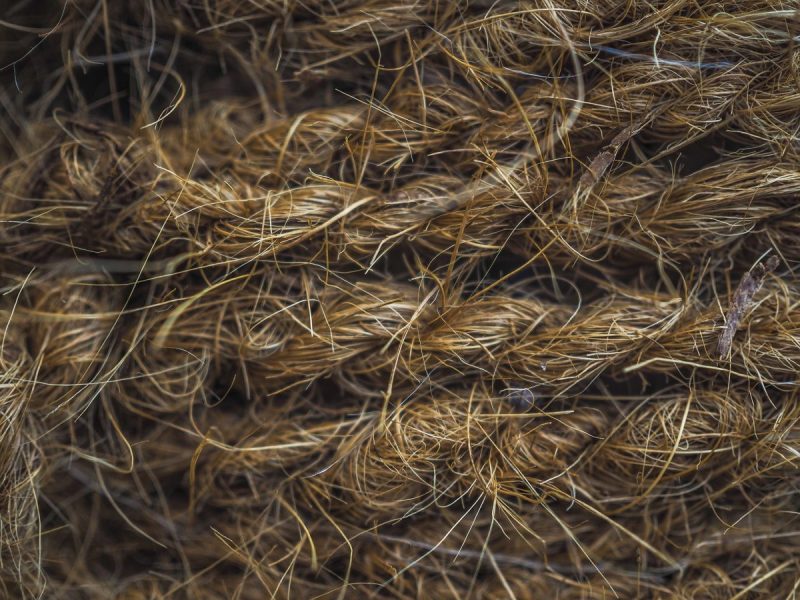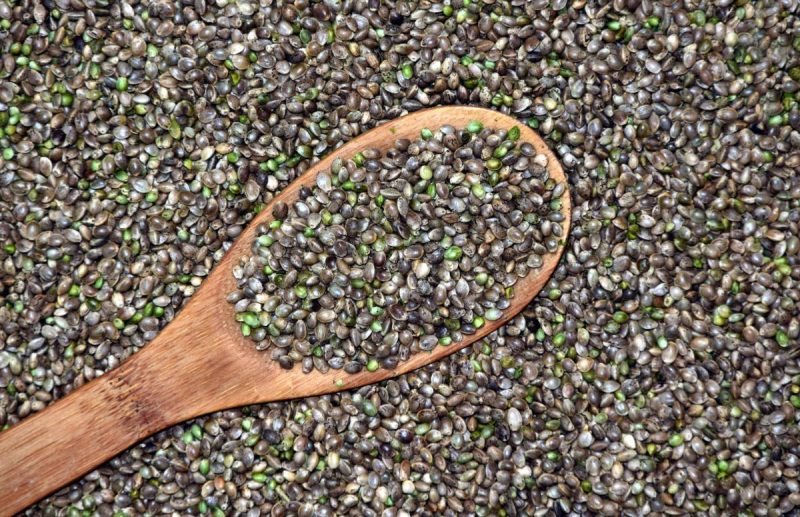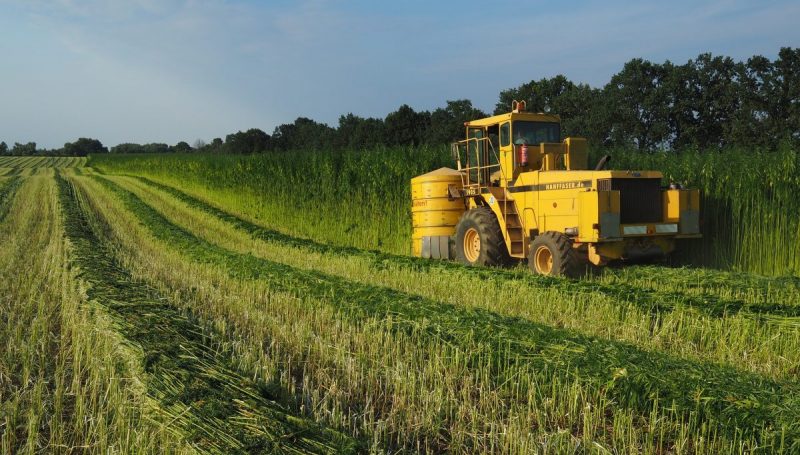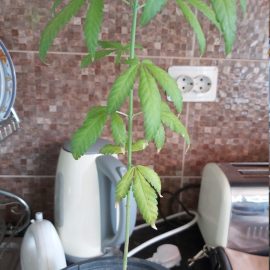Hemp, cultivation and harvesting technology
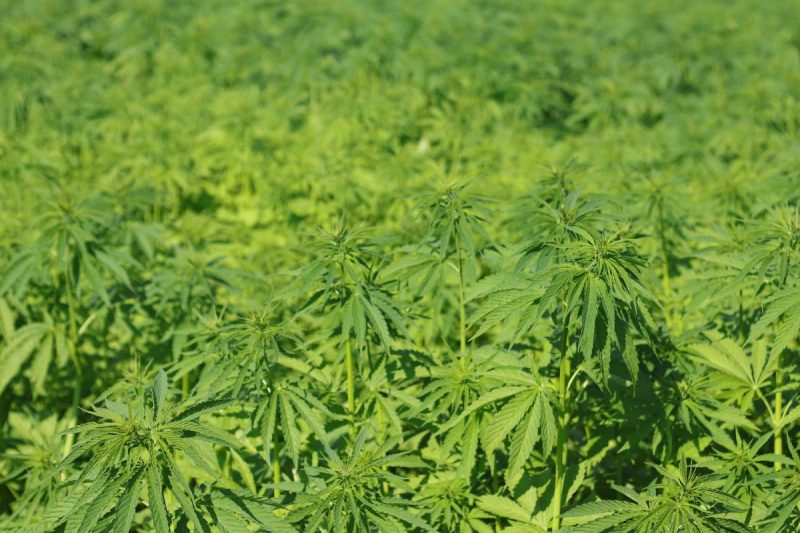
Hemp – is part of the Cannabaceae family, being found in crops as Cannabis sativa – hemp for fibers and Cannabis indica – for obtaining narcotic substances. Hemp for fibers is an important textile plant, being cultivated due to its high productivity, flexibility and elasticity, as well as due to the fibers’ resistance to breaking, twisting and rotting. The stem contains approx. 20-30% fibers, used to manufacture fabrics for clothes, ropes, upholstery oakum, hammocks, bags, carpets, strings, etc. Hemp leaves are used for fodder, medicine and medicinal tea.
Botanical characteristics
Hemp is an annual plant, with a vegetative growth period between 50-165 days. It has a taproot, branched laterally, which can penetrate the soil to a depth of up to 200 cm.
The stem is tall, 1.5-5 meters, and has a slower growth rate until the appearance of the first flower buds. Afterwards, the growth rate increases, which helps the hemp plants in the fight against weeds, by shading them. The textile fibers are formed in the pericycle, and the fiber content oscillates between 20-30%.
The leaves are opposite on the inferior part of the stem, and on the topside, they are alternatively-arranged. They are covered with glandular hairs, which secrete a sticky, strong-smelling resin.
Hemp can be monoecious, with unisexual flowers (female and male flowers can be found on the same specimen) or dioecious (male and female flowers can be found on different specimens). The fruit is a nut, gray-green or chestnut colored.
The male plants stop growing and dry after flowering, while the female ones continue their vegetative growth for another 30-40 days. Therefore, it is recommended to cultivate unisexual monoecious varieties or dioecious ones with simultaneous maturation.
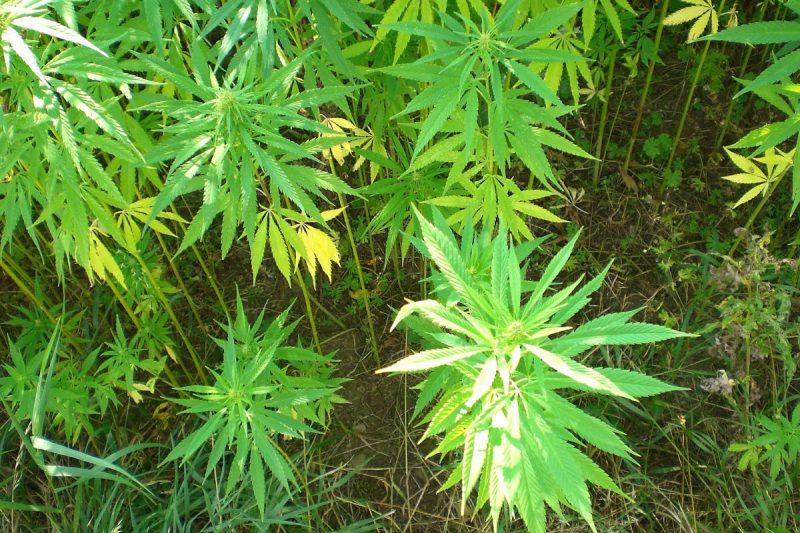
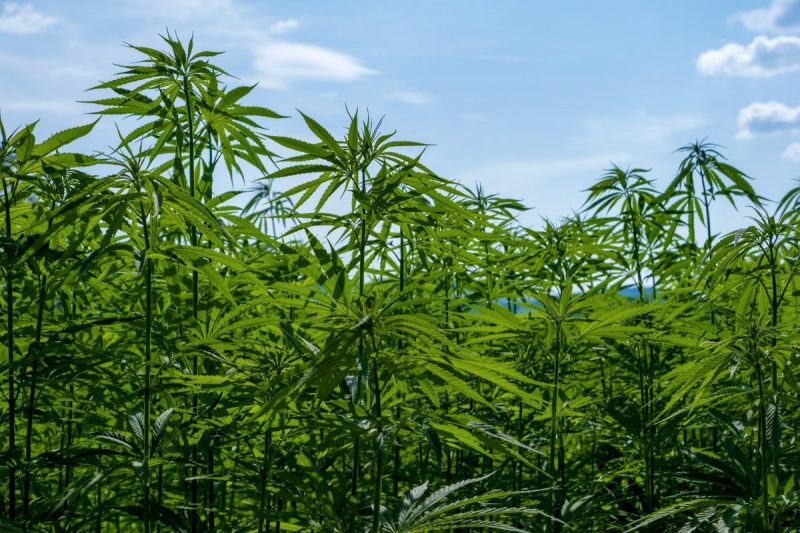
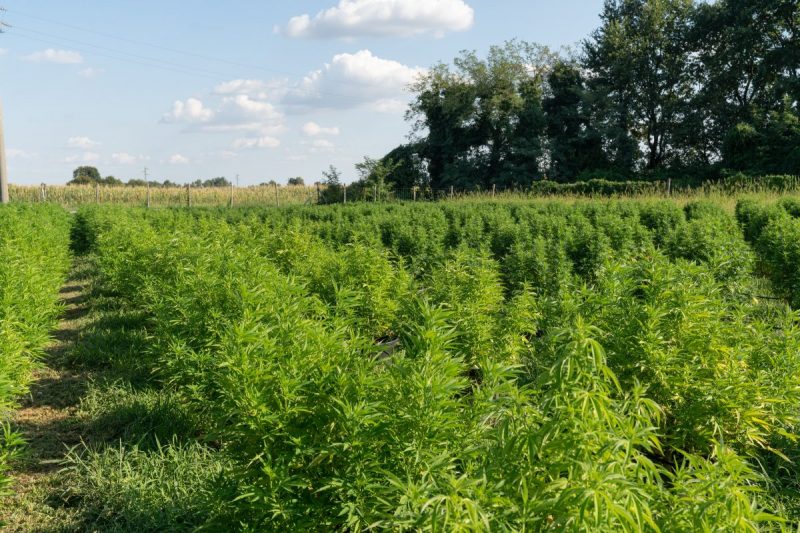
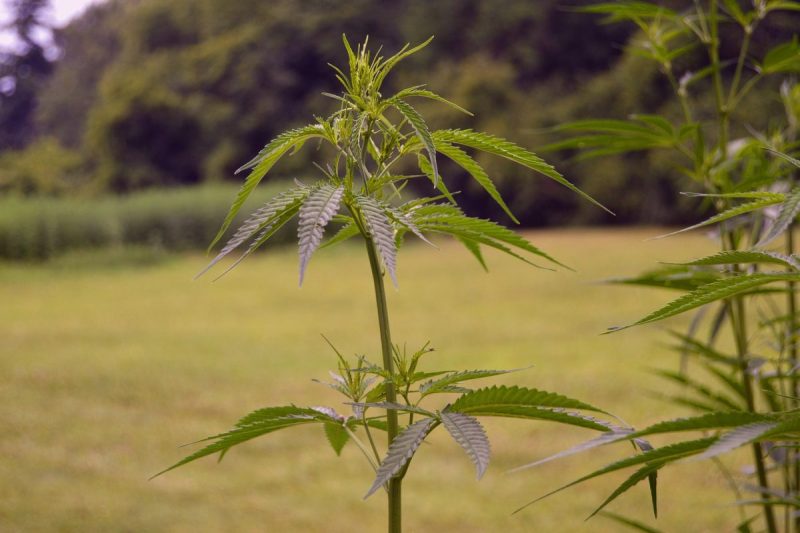
Climate and soil requirements
Temperature
Hemp has average temperature requirements. Until the flower buds appear, temperatures of approximately 15 ℃ are necessary, and during the period of fruit formation/ripening, it requires 20-24 ℃. The seeds germinate at temperatures of 2-4 ℃, and the optimal temperature for uniform sprouting is 8-10 ℃.
Low temperatures in the first two months of vegetative growth have a negative impact on development, flowering and fiber quality.
Humidity
Hemp has high humidity requirements during the appearance of the flower buds and at the end of flowering. During this period, the plants consume approximately 70% of the total quantity of water required. Favorable areas are those where 250 mm of precipitation falls, evenly distributed. For hemp cultivated for fruit (seeds) 350-400 mm of precipitation is required.
Excessive humidity, as well as the lack of water, have unfavorable effects on the quality and quantity of fibers.
Soil
It has high demands in terms of soil. It prefers humus-rich, loamy or loamy-clayey soils, deep, with a pH between 6.8-7.5. Cultivation on sandy, stony or very heavy soils is not recommended.
Cultivation technology
Crop rotation
Monoculture is contraindicated, since it favors the appearance of weeds, orobanche (Broom-rape sp.) and specific pests.
As preceding plants, good results are obtained after alfalfa, clover, potatoes, peas, beans, soybeans. It should not be cultivated after sunflower, tobacco or wheat.
Fertilizing
Hemp is a great consumer of nutrients. Since it has a poorly developed root system and a reduced absorption capacity, large amounts of nutrients are needed. Doses are established following agrochemical analysis of the soil. Hemp also reacts well to foliar fertilization.
Recommended products
-
You can find products on a different store
Change Store -
You can find products on a different store
Change Store -
You can find products on a different store
Change Store -
You can find products on a different store
Change Store -
You can find products on a different store
Change Store -
You can find products on a different store
Change Store -
You can find products on a different store
Change Store -
You can find products on a different store
Change Store -
You can find products on a different store
Change Store -
You can find products on a different store
Change Store -
You can find products on a different store
Change Store -
You can find products on a different store
Change Store -
You can find products on a different store
Change Store -
You can find products on a different store
Change Store -
You can find products on a different store
Change Store -
You can find products on a different store
Change Store -
You can find products on a different store
Change Store -
You can find products on a different store
Change Store -
You can find products on a different store
Change Store -
You can find products on a different store
Change Store -
You can find products on a different store
Change Store -
You can find products on a different store
Change Store -
You can find products on a different store
Change Store -
You can find products on a different store
Change Store
Soil works
It is carried out immediately after the removal of the preceding plant. Plowing will be done at a depth of 25-28 cm, depending on the humidity. The land will be kept clean of weeds, leveled and loosened, using the disc harrow, and later, a spring-tooth harrow.
The seedbed will be prepared in the spring with the help of the combinator, at a depth of 5-6 cm.
The seeds. Sowing
The seeds must have a purity of at least 98% and a germination capacity of 90%. The optimal time to sow is when, at a depth of 5-7 cm, the temperature is 7-8 ℃.
The optimal density is 400-450 seeds/㎡ for dioecious hemp and 250-450 seeds/㎡ for monoecious hemp. The quantity of sowing material is 80-90 kg/ha. The sowing depth is 3-4 cm on normal soils and 5-6 cm on light soils.
Care works
Weed control
Due to its rapid growth and thickness, hemp has the ability to destroy weeds by shading them and by creating an unfavorable microclimate for their subsequent appearance.
However, in order to prevent the emergence of broomrape, it is recommended to carry out a crop rotation every 5-6 years, to use uninfested, healthy seed, to cultivate resistant varieties, to uproot and burn the broomrape plants.
Fighting diseases and pests
The main diseases that can appear in the hemp crop are: white rot, brown spotting of the leaves, Septoria infestation, downy mildew. Among the pests, the most common are: the hop flea beetle, the Eurasian hemp borer, mites, the European corn borer.
Recommended products
-
You can find products on a different store
Change Store -
You can find products on a different store
Change Store -
You can find products on a different store
Change Store -
You can find products on a different store
Change Store -
You can find products on a different store
Change Store -
You can find products on a different store
Change Store -
You can find products on a different store
Change Store -
You can find products on a different store
Change Store -
You can find products on a different store
Change Store -
You can find products on a different store
Change Store -
You can find products on a different store
Change Store -
You can find products on a different store
Change Store -
You can find products on a different store
Change Store -
You can find products on a different store
Change Store -
You can find products on a different store
Change Store -
You can find products on a different store
Change Store -
You can find products on a different store
Change Store -
You can find products on a different store
Change Store -
You can find products on a different store
Change Store -
You can find products on a different store
Change Store -
You can find products on a different store
Change Store -
You can find products on a different store
Change Store -
You can find products on a different store
Change Store -
You can find products on a different store
Change Store
Harvesting
Hemp for fiber is harvested at the end of the flowering period of the male plants, after the pollen is shaken off. During this period, the fibers obtained are of the best quality. Early harvesting causes a smaller production, of reduced quality, and late harvesting leads to the degradation of the stems and implicitly to the loss of the quality of the fibers, which become rough.
Harvesting can be done manually or mechanically. Manual harvesting involves cutting the plants at a height of 4-6 cm, which are then placed in bundles for drying.
Mechanized harvesting involves the use of special machines, which cut the stems and leave them in a thin layer on the ground.














































































































































































































































































































































































































































